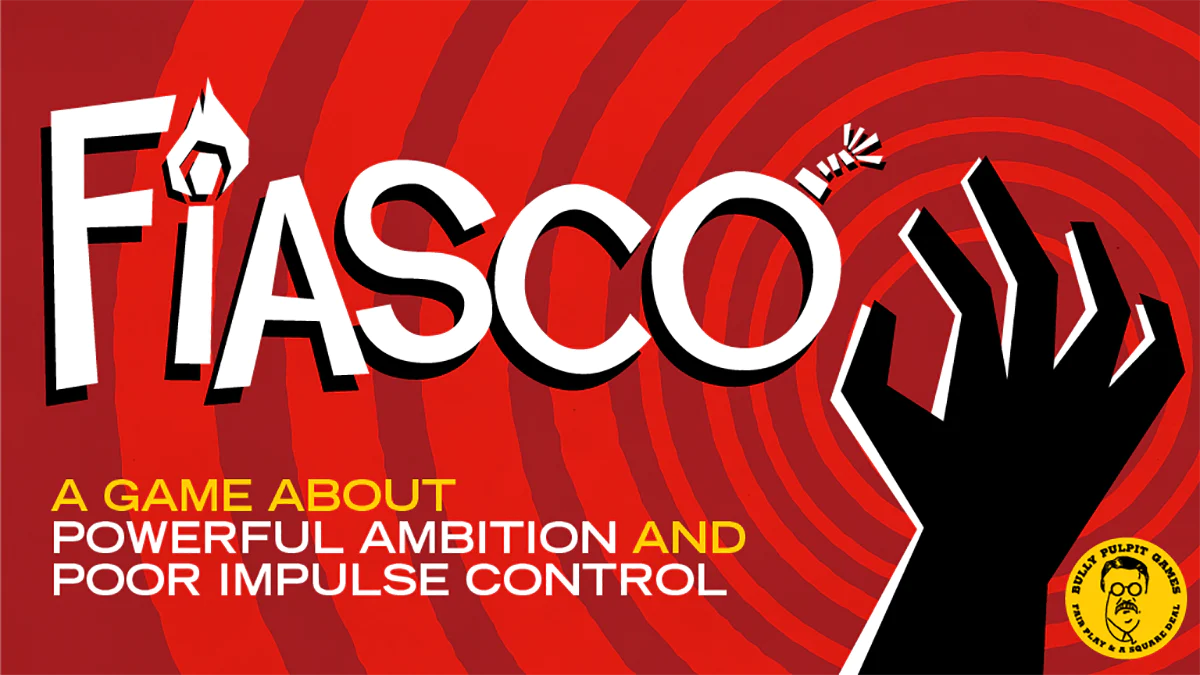Fiasco is the first TTRPG I’ve ever played, and it was nothing like I expected, but in a good way! Unlike the more serious TTRPGs I’ve heard so much about, Fiasco takes on a more comedic tone with gameplay that essentially devolves into loosely-structured improv, which was super fun and enjoyable.
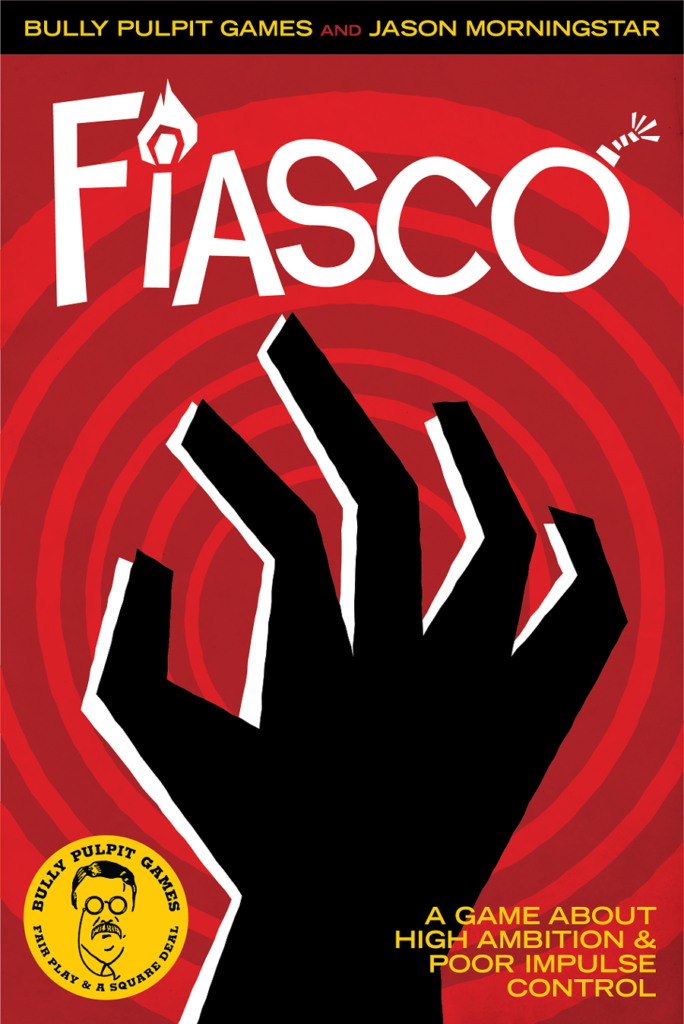
In essence, Fiasco is all about creating chaos. Every single scenario is meant to escalate conflicts, with everything engineered to create twists and turns to prevent any character from having an overwhelmingly positive outcome from a given situation. To further the absurdity of these scenarios, players are encouraged to act with “no impulse control.” The game is themed around comedy movies, which is expressed through the game’s structure and the various setup templates that put players into scenarios prevalent in movies that are prone to chaos (Wild West, Residential, Small Town, etc).
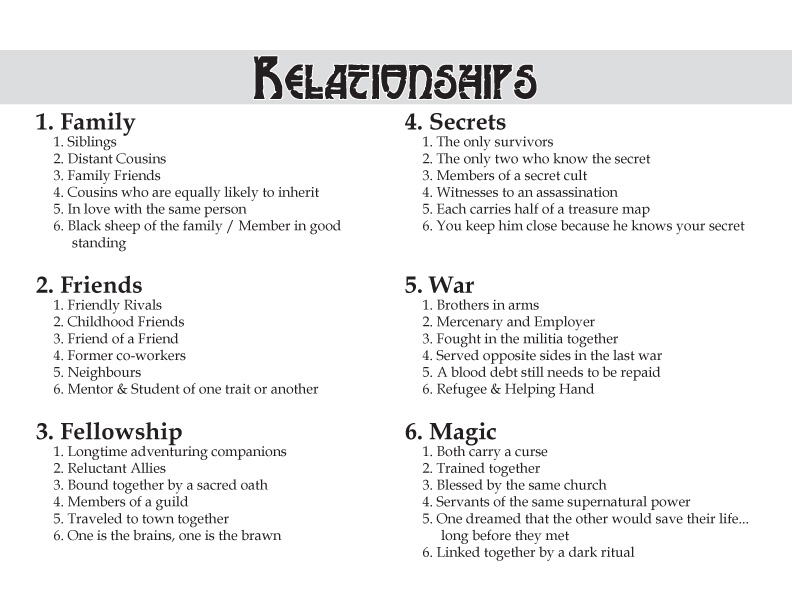
The chaotic experience Fiasco strives to achieve presents itself through every moment in the game, beginning with the setup phase. During setup, players create the social context for the story they are about to create. To accomplish this, players must first create relationships between all pairs of players who are sitting next to each other. Only creating relationships between people sitting next to each other is a great design decision, as it provides enough context to the story while leaving enough open for players to work with while improvising (each player has 3 relationships they can make up as they go). Also, it makes it super easy to tell the relationships between people, which helps new players get into the game quicker, increasing accessibility. However, a relationship system like this wouldn’t be complete without the classic Fiasco twist. There are two aspects of this process that add to the chaos. First, players can assign relationships between any adjacent players, so a given player can create absurd relationships between players completely unrelated to themselves. Second, players aren’t given complete freedom over the relationships they can choose. Instead, the process is broken into choosing a broad category and a specific detail from within that category, with both aspects determined by potentially different players by choosing from 20 prerolled dice. After choosing relationships, players are given the opportunity to select a couple of other factors to spice up the story, including needs for each relationship, objects characters can use, and locations characters are associated with. Through this setup process, no player can choose their own fate and everyone is subject to the absurdities bestowed upon them by their friends.
After setup, the game begins with Act 1. During each player’s turn, they can either establish or resolve a scene. All of the other players are responsible for the option the player did not choose, making each choice have substantial drawbacks, as every player is subject to the whim of their peers. When establishing a scene, the player determines the context of the scene by answering “who”, “what”, “where?”, “when”, and “why.” After the context is established, the players involved in the scene begin acting out the scene, improvising the situation as they go. In the midst of the scene, whoever is allowed to resolve the scene can discretely take a die from the middle, which, based on the color of the die, will suggest to the actors that the scene either needs to resolve in a good or a bad way for the player who started the scene. This mechanic does a great job at working towards the game’s experience, as it allows the players to inject chaos into any scenario without requiring anyone to break character. Overall, scenes allowed us to create chaotic stories with our characters exactly as the game designers intended. As an example of the fun this system can create, one scene in our game involved a doctor, a 5 year old, and the 5 year old’s teacher, who happens to be a drug dealer, meeting in private to plot ways of taking down the town’s rival drug dealer.
Act 1 finishes when half of the dice in the middle have been collected. After Act 1 ends, the players begin “the Tilt” where a twist is added to spice up the story. Then, Act 2 begins, which has a similar structure to Act 1. Finally, the game concludes with “the Aftermath”, where players use their accumulated dice to determine the final outcomes of their characters.
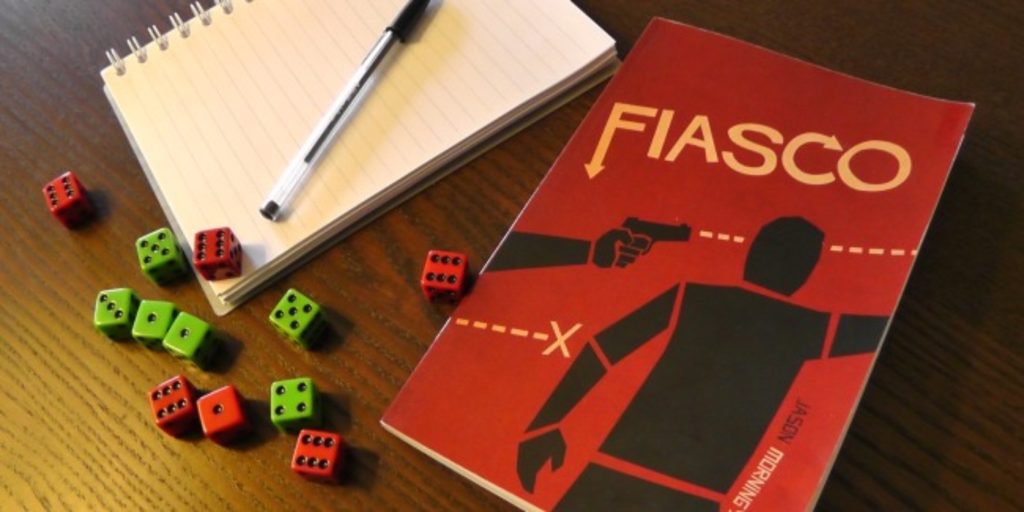
Unfortunately, after 3 hours of playing, we didn’t make it to any phase after Act 1 and had to call it quits in the interest of time. Even though the game is only supposed to take 1-3 hours total, we faced many issues figuring out how to play the game, which leads to the biggest problem I have with the game: the rulebook. The rules of Fiasco are extremely easy to understand in concept, but the around 120 page rulebook obscures these rules to an unbelievable degree. The rulebook is riddled with redundancy, as well as gameplay tips and flavor text that are indistinguishable from gameplay instructions. While the inclusion of gameplay tips and flavor text helps build the game’s identity and theme, the overall effect of including these features mixed among the rules is a severe lack of clarity about what is a rule and what is a suggestion, making the game really difficult to figure out without prior experience. For reference, when writing this review, I found a 4 page PDF that explains the rules of the game in a much clearer manner than the official rulebook. It would have been super helpful if a quickstart guide like that PDF was included in the rulebook instead of forcing players to abide by the rulebook’s suggestion to “read all 120 pages if you’re new to the game.” Perhaps reading a short novel before playing is standard for TTRPGs, but from my perspective as someone new to the TTRPG genre, it seems to detract from the overall experience, especially when even after completing significant portions of the reading, the rules still didn’t make sense.
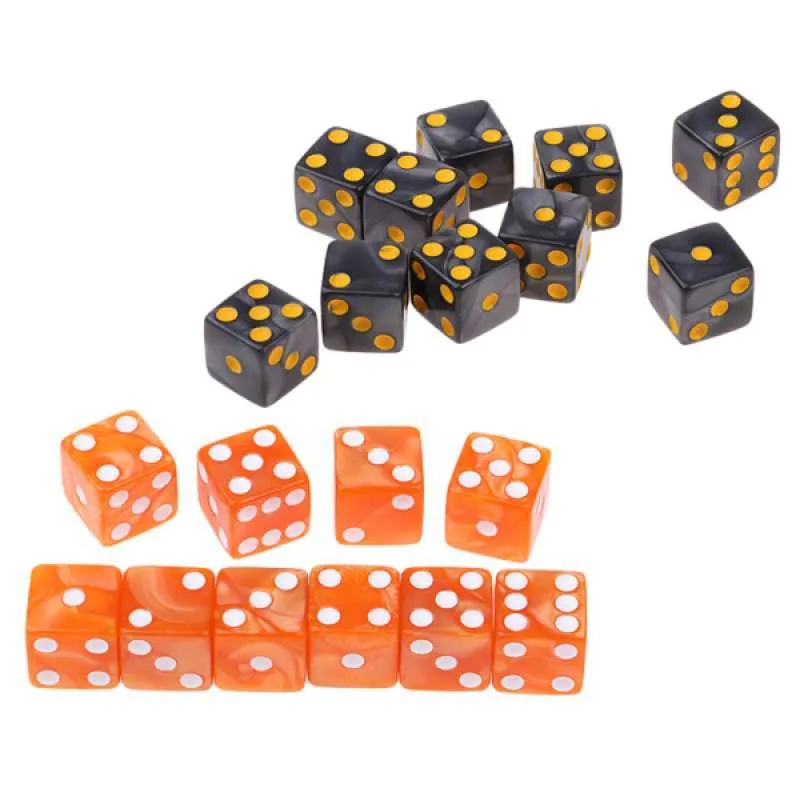
Also, as a minor criticism, 20 dice is a ridiculous amount to require for a game, especially when the game doesn’t supply the materials itself. We were not able to collect 20 dice for our playthrough, so we had to make do with the small number that we had, and we did not feel as if it detracted from the experience in any way. It seems that with a few minor adjustments to the rules, the game can be playable with only 2 dice which, though certainly less chaotic than playing with 20 dice, would make the game easier to setup and shift the focus more to the improv, which should be the main focus over arbitrary randomness in my opinion.

Overall, I really enjoyed playing Fiasco, even though we didn’t get to finish our game. We had a lot of fun setting up the game, acting through scenes, and collaboratively constructing the craziest story we could think of. Ultimately, I feel that the game succeeded in creating the chaotic experience of “no impulse control” it advertised. Still, I do feel that the game would benefit greatly from a rewrite of the rulebook with new players in mind.
